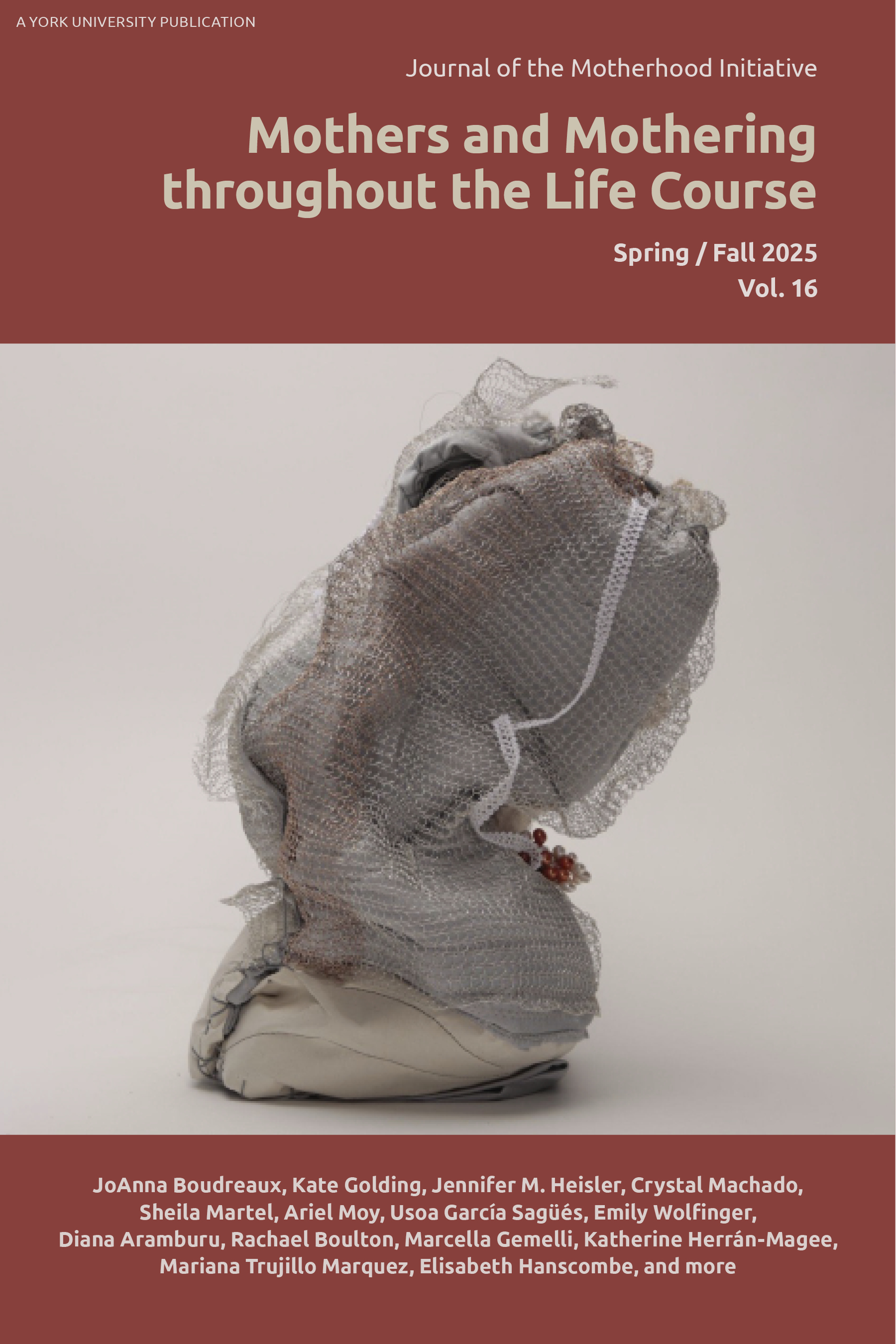Echoes in the Water
La Llorona, Folklore, and the Sacred Geography of Maternal Grief
Abstract
This article examines La Llorona as a figure rooted in pre-Columbian mythology and reshaped through the colonial encounter, positioning her at the intersection of motherhood, grief, and environmental memory. Emerging from associations with Cihuacoatl, the Aztec goddess of fertility and childbirth, and tied to the sacred geographies of Tenochtitlan’s lakes and rivers, La Llorona embodies both Indigenous cosmologies and the ruptures of conquest. Her cry—“¡Ay, mis hijos!” (“Oh, my children!”)—functions as a sonic archive and preserves cultural memory while resisting erasure and echoing through literal and symbolic waters as lament and warning. This study also situates La Llorona alongside Ophelia in Hamlet and Imoinda in Oroonoko to trace how female and maternal bodies become symbolic sites of loss across time, space, and empire. Water emerges not merely as backdrop but as sacred and political terrain—both generative and destructive—that anchors cultural identity, ecological reverence, and histories of dispossession. Through oral tradition, visual representation, and embodied geography, La Llorona operates as a living archive of Indigenous resilience, carrying forward intertwined legacies of creation, destruction, and survival. By reading La Llorona through a transhistorical and transgeographical lens, this article illuminates how her legend functions as both cultural memory and an act of resistance, adapting to shifting historical contexts while retaining her power as a figure of mourning, warning, and defiance. In doing so, it invites a reconsideration of folklore as an active terrain where environment, body, and story continually reshape one another.

Downloads
Published
How to Cite
Issue
Section
License
All intellectual property in relation to material included on this site belongs to the Motherhood Initiative for Research and Community Involvement (MIRCI). All material on this site is protected by Canadian and international copyright and other intellectual property laws. Users may not do anything which interferes with or breaches those laws or the intellectual property rights in the material. All materials on the Motherhood Initiative for Research and Community Involvement (MIRCI) are copyrighted and all rights are reserved. Any reproduction, modification, publication, transmission, transfer, sale, distribution, display or exploitation of the information, in any form or by any means, or its storage in a retrieval system, whether in whole or in part, without the express written permission of the Motherhood Initiative for Research and Community Involvement (MIRCI) is prohibited. Please contact us for permission to reproduce any of our materials. This site may include third party content which is subject to that third party's terms and conditions of use.

